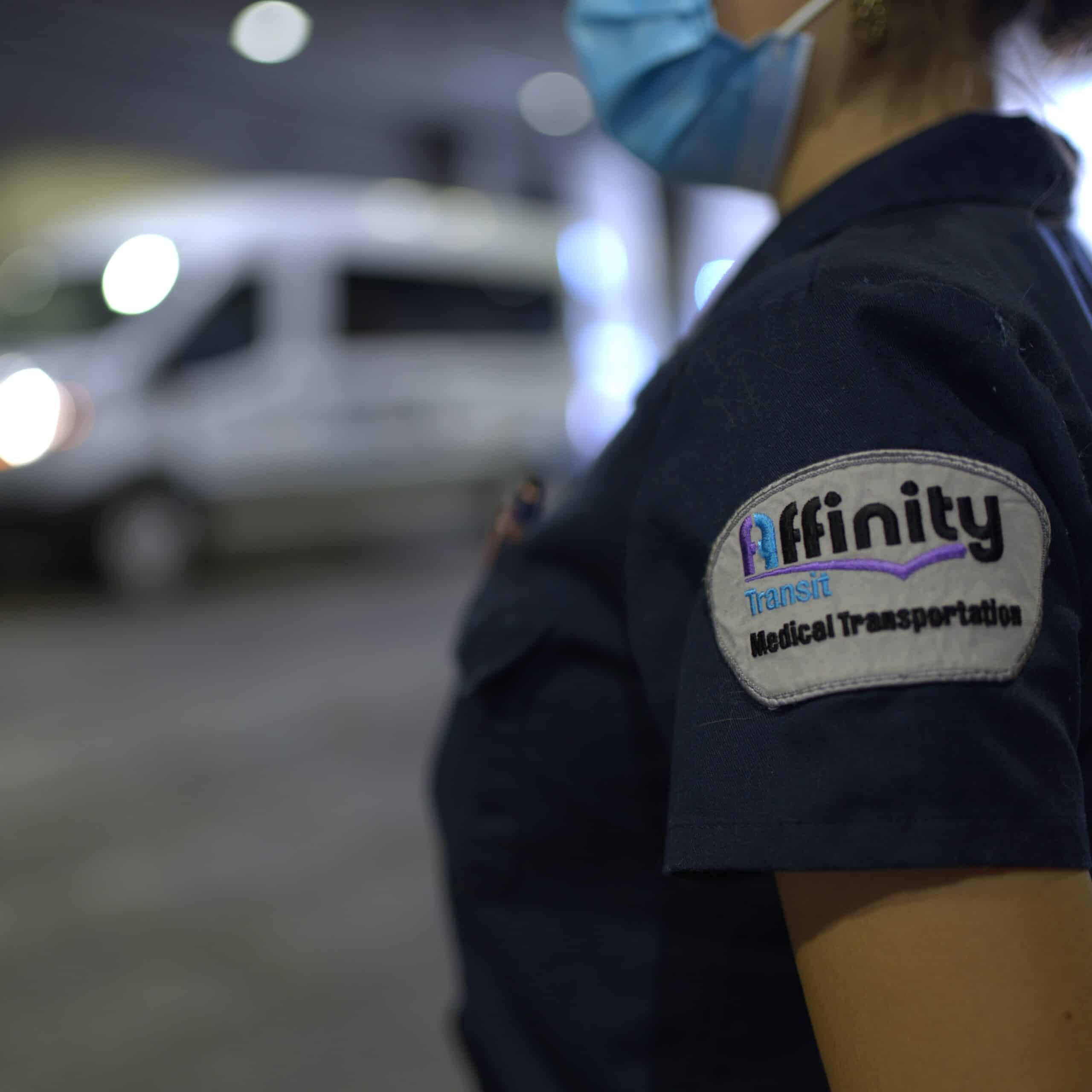Sharing is caring!
Picture this: Your elderly mother has a serious medical condition that requires her to attend regular doctor’s appointments. Her next appointment is in a little over an hour, and you just found out that you can’t get out of work in time to take her.
You consider calling your paramedic friend because they have access to an ambulance. You know they can get your mom to the hospital quickly. However, you know that this isn’t an actual emergency and it could cost you thousands of dollars in unnecessary expenses.
Did you know that NEMT services offer you an alternative to calling 9-1-1? in situations like this? Today, we will help you figure out when you should use non-emergency medical transportation and when to call an ambulance.
What Is Emergency Medical Transportation?
When you dial 9-1-1 during any type of emergency, the dispatcher will send paramedics, firefighters, or police officers to you.
When you are dealing with a medical emergency, an ambulance will be sent to your location. These ambulances are equipped with medical supplies and medical providers will be dispatched. The EMS team will work to get you to the hospital as soon as possible.
Ambulances are full of items that an EMT might need to keep your patient or elderly parent stable until you make it to the hospital. Depending on their situation, it might include bandages and splints, medications, and oxygen.
There are certain types of pre-hospital life support that an EMT can provide your patients with.
Basic Life Support (BLS) is when EMTs and paramedics provide non-invasive medical care. This means that they can’t use needles to give injections or administer medication. Advanced Life Support (ALS) is more invasive medical care. It allows the EMTs to give their patients intravenous fluids and intubation to continue their lives until they make it to the hospital.

When Should You Contact EMS?
You should call 9-1-1 for emergency medical services as soon as you realize that a life-threatening event occurred. Getting medical attention as soon as possible can be the difference between life and death. A few medical emergencies that require EMS include heart attacks and strokes. It can also include uncontrolled bleeding, anaphylaxis, or unconsciousness.
What Is Non-Emergency Medical Transportation?
Non-emergency medical transportation (NEMT) still refers to transporting patients to a medical facility. However, these visits are not emergencies and do not require immediate medical attention.
NEMT can give your patient a ride to a local medical facility. Or it can give them a ride over a longer distance in another city or state. Your patient might not have access to other methods of transportation. The city bus might not run at the right time, or they might not have anyone available to drive them.
It’s important to note that NEMT vehicles aren’t equipped for emergencies. They can’t get to your location in a matter of minutes, and they don’t have the right supplies needed for emergency care. They might be able to supply oxygen to patients in need of it, but they won’t be able to provide medical intervention.
One of the biggest benefits of non-emergency medical transportation is how cost-effective it is. Calling for an ambulance can cost between $700 to $1,000. This is especially harsh on your patient’s wallet if their insurance won’t cover the costs.
When you call for NEMT services, your patient might only be charged $200 to $300 for a short one-way stretcher transport trip to the nearest medical facility.
When Might You Need an NEMT?
You should consider scheduling NEMT services to get your elderly parent or patient to their next doctor’s appointment if they lack the mobility needed to get themselves out of the house and back home afterward. Unfortunately, it’s oftentimes the lack of transportation that has an effect on their overall health and wellbeing.
This type of transportation is also available to those who have some barrier between them and actually getting out of the house. Maybe they need a ride to get to their dentist, doctor, or physical therapy appointments. It can also provide transportation to grocery stores or pharmacies so that they can pick up their prescriptions.
People who might benefit from these services may not have a driver’s license or a working vehicle. They might not be able to travel by themselves. These individuals might have a cognitive or physical limitation preventing them from leaving their homes on their own.
We can lift and transport patients without risking their health. We can help patients who are unable to sit and/or stand unassisted or have to stay on their side or stomach. This is possible through gurney transportation or stretcher transportation.
Bariatric patients might benefit from NEMT services because they will be more comfortable. This is possible because we have wider wheelchairs and stretchers that will better accommodate their bodies. NEMT vehicles are also equipped with oxygen for patients who have difficulty breathing whether that’s from physical activity or a lung condition.
A medical facility may provide NEMT services to a patient who is getting discharged from the hospital and needs a ride home.

Need NEMT Services? Call Us Today
So what is the difference between EMT and NEMT services and when you might need them? An ambulance can’t take your elderly parent or patient to a doctor’s appointment. An NEMT can’t get them to a hospital during a medical emergency because they aren’t prepared to do so.
You have to make sure that you are calling the right type of service for your specific situation. If it’s medical-related, but not a medical emergency, you should call a non-emergency medical transportation service.
If you find yourself in a situation where you need to transport patients, you can count on NEMT services. Contact Affinity Transit today for more information on non-emergency medical transportation.

